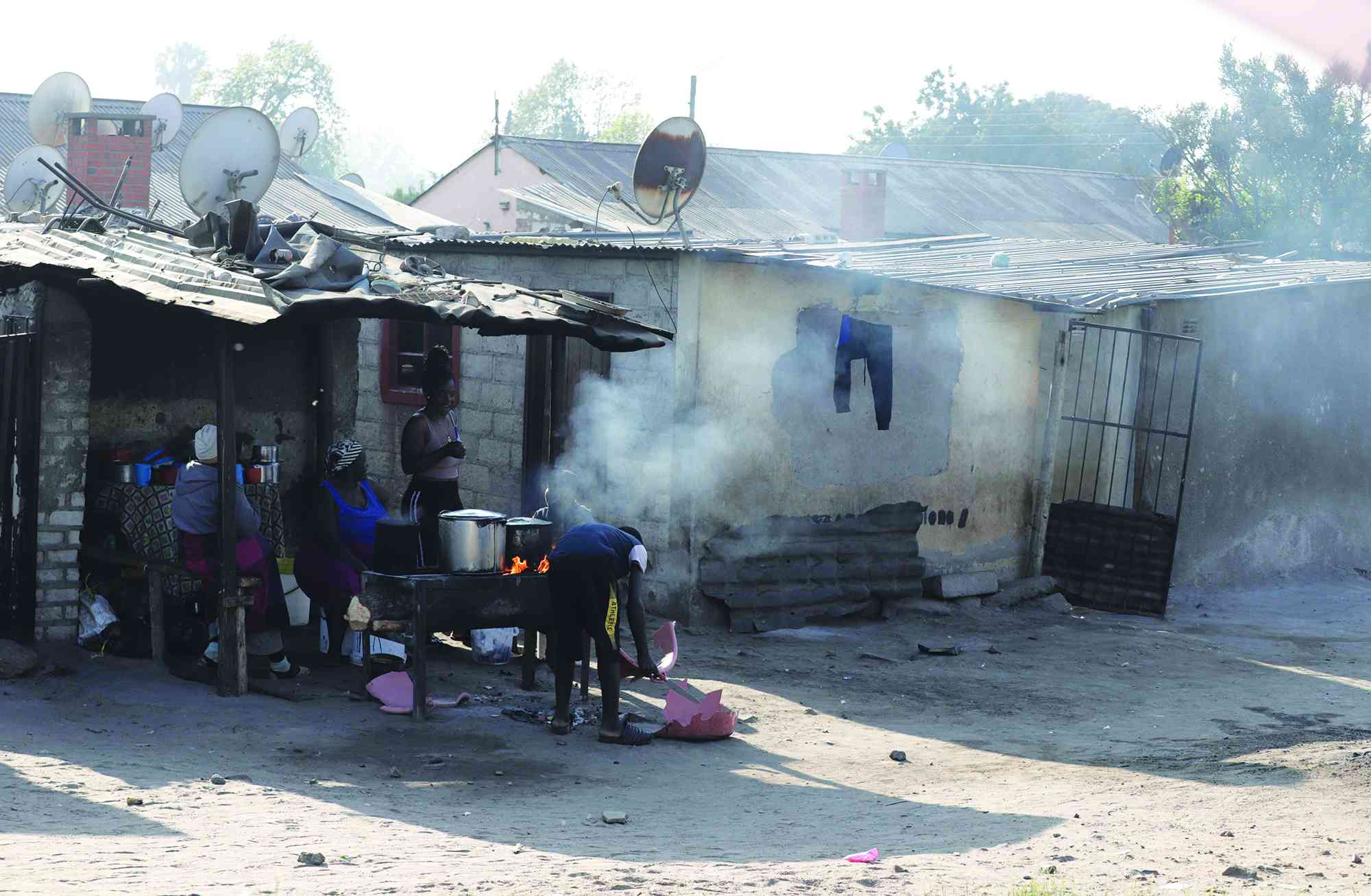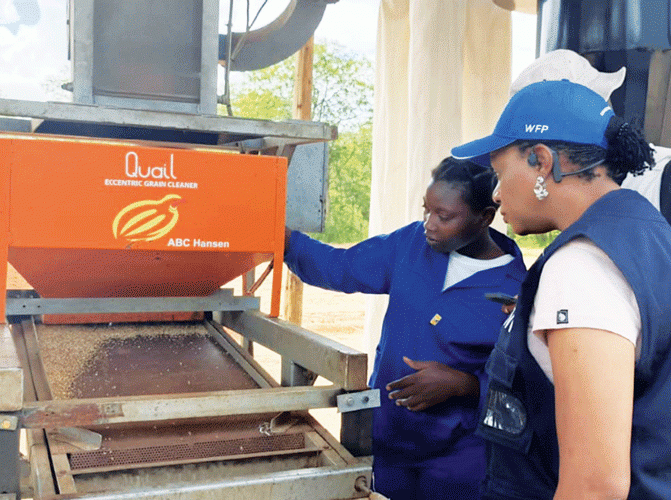
AT least three million out of 4,9 million pupils across Zimbabwe’s provinces have been severely affected by the El Niño-induced drought, with the government struggling to consolidate its school-feeding programme, teachers have said.
Early last month, the government announced that it will resume the school-feeding programme in the wake of an El Niño-induced drought that has left millions of households food insecure.
In making the announcement, Public Service, Labour and Social Welfare ministry’s chief director for social development Tawanda Zimhunga indicated that although the school-feeding programme will resume when schools opened, it will only focus on primary schools due to limited resource.
A recent Zimbabwe Livelihoods Assessment Committee report has indicated that nationally, only 7,5% of children received a hot meal at school, with Matabeleland North province having the highest proportion of children who received a hot meal (29,8%).
Most schools have been struggling to raise money to transport grain from the Grain Marketing Board (GMB) depots as well as money to process the grain.
Progressive Teachers Union of Zimbabwe (PTUZ) president Takavafira Zhou yesterday told NewsDay that the programme was being hampered by logistical problems and lack of resources.
“Three million of the 4,9 million learners in rural, peri-urban and high-density areas need feeding programmes in schools in Zimbabwe,” he said.
“Government feeding programmes are either facing logistical problems or homiletic bellicose. Many schools in need particularly in rural areas have not received anything as yet towards feeding.”
- Police, soldiers to raid maize hoarders
- Deputy minister in GMB theft scandal
- Private sector makes inroads into wheat production
- Police, soldiers to raid maize hoarders
Keep Reading
Zhou said some schools had received inadequate provisions that sustained them for a few days while others merely received a few bags of maize without nutritional relish like beans and other basics.
“If adequate nutritional food is provided, it is helpful towards the health of students, boosting attendance and pass rate. Sadly, this has not been the case.
“Our standpoint as PTUZ is that it is the government’s responsibility to ensure adequate provisions to all the three million students in need of a feeding scheme,” he said.
“There is also a need to ensure efficient and transparent distribution to all the schools with needy pupils. The feeding programme must also be extended to teachers the majority of whom have tested positive for poverty, stress and penury due to low wages.
“The welfare of teachers and pupils is crucial in nurturing a new educational social contract compliant with the 21st century.”
Amalgamated Rural Teachers Union of Zimbabwe president Obert Masaraure said the El Niño-induced drought had affected the entire nation, with the education sector being particularly hard hit.
“Its impacts have become a national crisis, disproportionately affecting certain regions. Agricultural regions four and five, comprising Matabeleland North and South, Masvingo, Midlands and parts of Manicaland and Mashonaland East, are among the worst-hit areas.
“These regions are home to a significant number of primary and secondary schools, accounting for approximately 3,5 million learners. According to statistics, over 70% of learners across Zimbabwe are suffering from the drought’s consequences,” he said.
Masaraure said government’s response had been inadequate, with confusion and uncertainty surrounding grain distribution, adding that politicians were exploiting the situation for personal gain, while corruption persisted at distribution depots.
Zimbabwe Union of School Heads secretary-general Munyaradzi Majoni confirmed that although the school-feeding programme had been introduced and was going on well, more needed to be done.
“The problem we are currently having is that former group A schools have been left out of this programme, yet they are also struggling,” he said.
Zimbabwe Teachers Association secretary-general Goodwill Taderera said although hunger was at an all-time high, government was making concrete efforts to eradicate the scourge.
“What I have now come to realise is that government has widely distributed some meal-in-meal and I can confirm that arrangements for mealie-meal have been put in place and some schools have received the mealie-meal.
“What will then happen is schools will have to come up with modalities to see to it that the children eat either porridge or they eat sadza, but that also goes with some cooking oil, some salt, some vegetables, probably in the form of beans or even the green vegetables to ensure that the children can also get at least a hot meal when they are at school,” he said.
Taderera expressed hope that government will chip in to make sure that vulnerable people are also covered by the freebies that come from the government.
“It is for parents in these different schools to sit down and see to it that at least they augment that which government has done and provide that which has not been provided,” he said.
Primary and Secondary Education ministry spokesperson Taungana Ndoro said the government was happy with the feeding programme.
“The Primary and Secondary Education minister has got the situation under control in terms of the school-feeding programme in all our schools,” he said.
“His Excellency President Emmerson Mnangagwa has emphasised that nobody and no pupil will go hungry and that is exactly what is happening.
“Our children are being fed with nutritious meals, they are receiving at least one hot meal every single day and some innovative schools are even providing at least two meals, that is breakfast and lunch.”
Ndoro said government was aware of the effects of the El Niño-induced drought, but within Zimbabwean schools, the situation was being managed.
“It has actually become a motivator for our children to come to school because most of them look forward to coming to school because they are assured of a proper hot meal during the course of the school day,” he said.
The United Nations Office for the Co-ordination of Humanitarian Affairs in May this year released statistics which indicated that the current El Niño event is threatening nearly 1,8 million learners across Zimbabwe’s 72 education districts.
It said severe impacts would be felt by more than 1,24 million learners in 30 most drought-affected districts.











